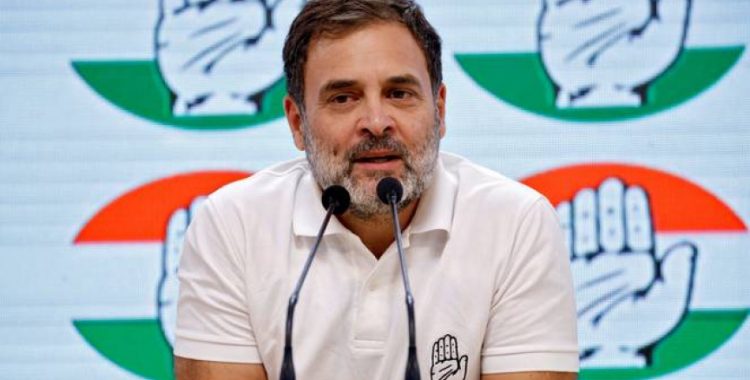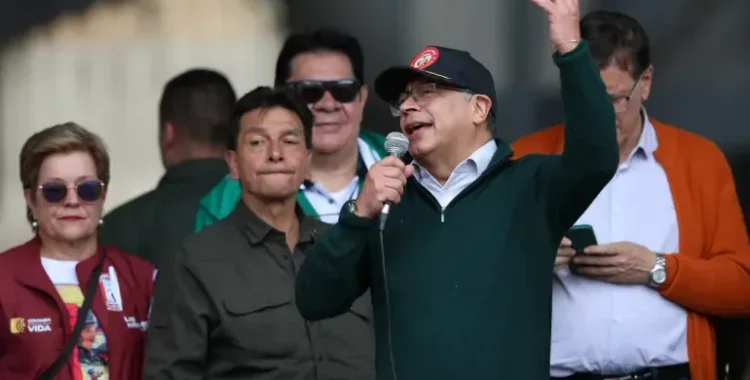Israel and Palestinian group Hamas will start a four-day truce on Friday morning with the first batch of Israeli hostages released later that day, mediators in Qatar said.
What are the details of the deal?
Under the Israel-Hamas deal, the two sides agreed to a four-day truce so that 50 women and children under the age of 19 taken hostage could be freed in return for 150 Palestinian women and teenagers in Israeli detention.
The 50 hostages, among about 240 taken by Hamas in their October 7 raid on Israel, are expected to be released in batches, probably about a dozen a day, during the four-day ceasefire.
Those involved in the deal have described the break in hostilities “a humanitarian pause”. The pause will be extended by a day for each additional batch of 10 hostages released, Israel said in a statement.
Hamas said Israel had agreed to halt air traffic over the north of Gaza from 10am (0800 GMT) (12pm UAE Time) until 4 pm (1400 GMT) (6pm UAE Time) each day of the truce and to halt all air traffic over the south for the entire period. The group said Israel agreed not to attack or arrest anyone in Gaza, and people can move freely along Salah al-Din Street, the main road along which many Palestinians have fled northern Gaza where Israel launched its ground invasion.
Qatar’s chief negotiator in ceasefire talks, Minister of State at the Foreign Ministry Mohammed Al-Khulaifi, said that under the deal there would be “no attack whatsoever. No military movements, no expansion, nothing.”
When does the deal start?
The truce between Israel and Hamas will start on Friday at 7am (0500 GMT) (9am UAE Time), with a first batch of hostages to be released at 4pm (1400 GMT) (6pm UAE Time), a Qatari foreign ministry spokesperson said.
The spokesperson said the lists of all civilians that would be released from Gaza had been agreed and said Qatar hoped to negotiate a subsequent agreement to release additional hostages from Gaza by the fourth day of the truce.
The armed wing of Hamas confirmed the 0500 GMT start time (9am UAE Time).
How will it be implemented?
The International Committee of the Red Cross (ICRC) will work in Gaza to facilitate the release of the hostages, Qatar said.
The hostages are expected to be transported through Egypt, the only country apart from Israel to share a border with Gaza.
During the truce, trucks loaded with aid and fuel are expected to cross into Gaza, where 2.3 million people have been running out of food and many hospitals have shut down in part because they no longer have fuel for their generators.
The Hamas armed wing said on Thursday that 200 aid trucks and four fuel trucks would enter Gaza daily.
An operations room in Doha will monitor the truce and the release of hostages and has direct lines of communication with Israel, the Hamas political office in Doha and ICRC, Qatar’s foreign ministry said.
Who are the hostages being released?
Israeli Prime Minister Benjamin Netanyahu’s office said in a statement on Thursday that Israel had received an initial list of hostages to be released from Gaza.
Among the 50 women and children under the age of 19 being released by Hamas are three US citizens, including a girl who turns 4 on Friday, a US official said.
In addition to Israeli civilians and soldiers taken on October 7, more than half the roughly 240 hostages are foreign and dual nationals from about 40 countries including Argentina, Britain, Chile, France, Germany, Portugal, Spain, Thailand and the US, Israel’s government has said. Not all the hostages taken on October 7 were being held by Hamas fighters.
Who are the Palestinians being freed and why were they held?
Israel has provided a list of about 300 Palestinian prisoners who might be released — double the number of women and minors it has agreed to be freed at first — and suggested it expects more than 50 hostages to be released under the deal.
The Palestinian Prisoners Society said that as of Wednesday, 7,200 prisoners were being held by Israel, among them 88 women and 250 children 17 and under.
Most on the list of 300 are from the Israeli-occupied West Bank and Jerusalem and were held for incidents such as attempted stabbings, hurling stones at Israeli soldiers, making explosives, damaging property and having contacts with hostile organisations. None are accused of murder. Many were held under administrative detention, meaning they were held without trial.
The released prisoners could be taken by buses to the presidential headquarters of the Palestinian Authority first as in past releases, even though Palestinian President Mahmoud Abbas had no role in these truce negotiations, a Palestinian official said.
Who negotiated the deal?
Qatar played a major mediation role. The US also played a crucial role, with US President Joe Biden holding calls with Qatari Emir Sheikh Tamim bin Hamad Al Thani and Netanyahu in the weeks leading up to the deal.
Egypt, the first Arab state to sign a peace deal with Israel and which has long played a mediation role over the decades of the Israeli-Palestinian conflict, was also involved.
Why has it taken so long to negotiate?
The deal was announced 46 days after the start of the war, one of the most fierce conflicts to erupt between the two sides. Hamas fighters killed 1,200 people when they launched their raid on Israel, the biggest single-day toll on Israeli soil since its creation in 1948, and more than 14,000 people have been killed in the Israeli air strikes and land incursion since then, the most by far of any recent war.
Amid such ferocious fighting, the large number of hostages and Israel’s stated determination to wipe out Hamas in Gaza, mediating even a temporary deal, like this one, proved far more challenging than in previous conflicts.
The initial negotiations for a deal between Israel and Hamas, both sworn enemies, began within days of the October 7 attack but progress was slow. This was partly because communications between the warring sides had to go via Doha or Cairo and back for every detail hammered out, such as securing a full list from Hamas for those to be released, US officials said.
Even with a deal in place, the ceasefire is temporary. Hamas has said throughout the truce its “fingers remain on the trigger”. Israel has said the conflict will continue until all the hostages are freed and Hamas is eliminated.
In 2014, when Israel last launched a major land invasion in Gaza, it took 49 days for both sides to implement a ceasefire deal, but that brought major fighting to an end for several years.

















